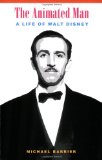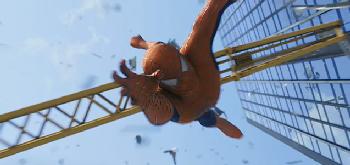One of my happy discoveries of the last few months has been that David Bordwell has his own website (with longtime writing partner Kristin Thompson); Bordwell is one of the best film academics around, and his writing is always stimulating. (I also have his latest book The Way Hollywood Tells It on my shelf waiting to be read – only the fact that it arrived with Michael Barriers’ The Animated Man and J.W. Rinzler’s The Making of Star Wars has kept me from it).
One thing I enjoy about his writing is that he avoids the same complacent narratives you hear all the time. He knows his film history and film art better than anybody – he’s co-author of Film Art and Film History: An Introduction, the books from which just about everybody else learnt what they know – and he doesn’t just settle for the simple familiar story we always hear. So, for example he and some similarly minded colleagues have responded in this article here to the common refrain that sequels are the ultimate creative cop-out, that Hollywood just wants to sell us the same idea over and over again, blah blah blah. (Bordwell is too polite to put it quite this way, but for my own money the way the film press tediously recycles this basic premise every American summer is as good an example of autopilot as the summer sequel season itself).

